Cytokeratin 5/14
Description
This antibody cocktail reacts with cytokeratin 5 intermediate filament protein as well as the 50 kDa cytokeratin protein designated cytokeratin 14. Basal cells of human epidermis express acidic cytokeratin 14 and basic cytokeratin 5. Cytokeratin 5 is a 58 kDa protein, which is closely related to cytokeratin 6. Cytokeratin 5 and 6 are expressed in basal cell epithelioma, basal cells of prostate, urothelium, vagina, squamous cell carcinomas ofskin, tongue, epiglottis and rectal-anal region. Cytokeratin 5 can be useful in the distinction of mesotheliomas from most adenocarcinomas. Cytokeratin 14 belongs to the type A (acidic) subfamily of low MW cytokeratins and existsin combination with cytokeratin 15. This antibody can be useful to distinguish stratified epithelial cellsfrom simple epithelial cells.
Additional information
| Clone | XM26 + LL002 |
|---|---|
| Isotype | XM26 IgG1; LL002 IgG3 |
| Immunogen | XM26: prokaryotic recombinant protein corresponding to 103 amino acid portion of C-terminal region of the human cytokeratin 5 molecule |
| Species | Mouse |
| Cellular Localization | Cytoplasmic |
| Positive Control Tissue | Skin Tonsil |
| Pretreatment | Citrate Buffer pH 6.0 |
| Incubation & Temperature | 30 min @ RT |
| Intended Use | IVD |
| Detection System | PolyVue Plus – Two Step Detection System or Montage PolyVue Plus Auto Detection System for Montage 360 System |
| Description/Type | Mouse Monoclonal Antibody |
| Format | This product is supplied as an antibody cocktail containing sodium azide as a preservative. |
DATASHEETS & SDS
DATASHEETS & SDS
| Download Datasheet |
| Download SDS Sheet – OSHA |
REFERENCES
REFERENCES
- Irvine et al..’ Invest Dermatol 108: 809, 1997.
- Whittock et al. Biochem Biophys Res Commun 274: 149, 2000.
- Lane et al. Can Biol 1: 165, 1990.
- Moll et al. Cell 31: 11, 1982.
- Purkis et al. J Cell Sci 97: 39, 1990.
- Westzels et al. Am 1 Pathol 134: 571, 1989
Reviews (0)
Only logged in customers who have purchased this product may leave a review.




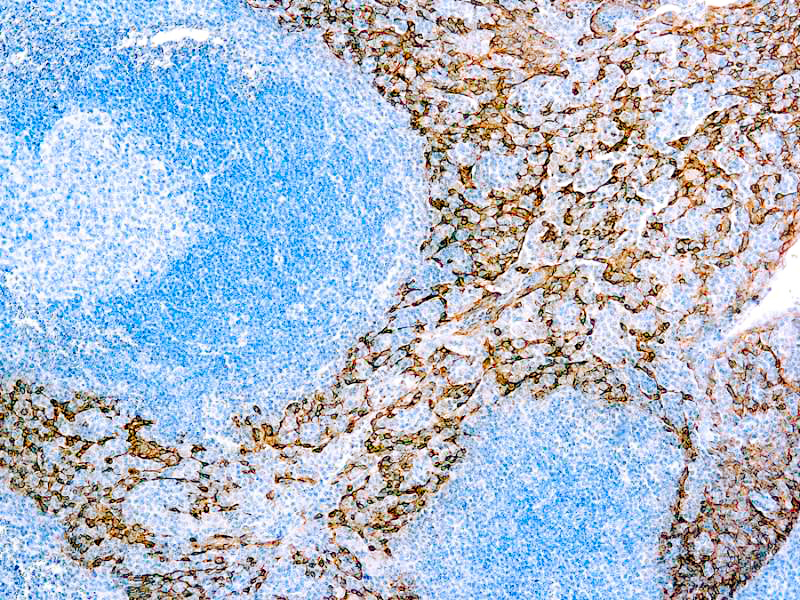

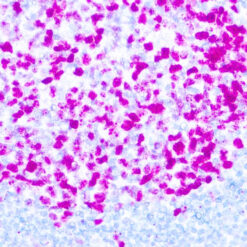
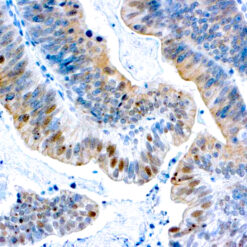

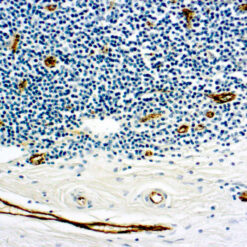

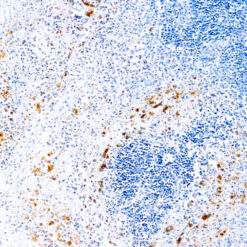
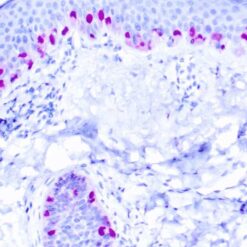
Reviews
There are no reviews yet.